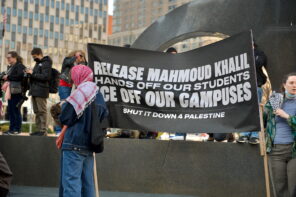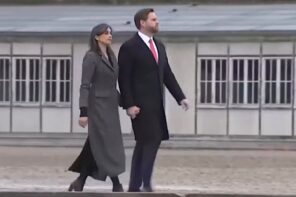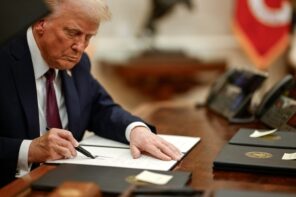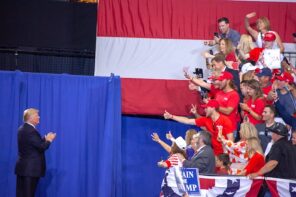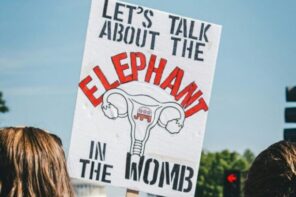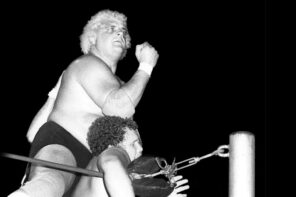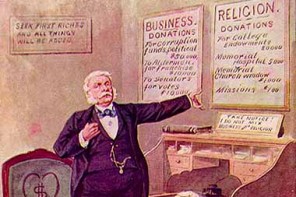Last week the progressive umbrella group Living Liberally announced the formation of a new project called Praying Liberally, the purpose of which is to host meetings where “faithfully-minded liberals could talk politics, say a collective prayer for ‘the least of these’ in our community, our country and our world, and build community to organize around our common causes.” Thankfully, the existence of a Christian left isn’t news in itself anymore, but Praying Liberally emphasizes some key factors of the nature and organization of liberal religion today.
Living Liberally is a largely decentralized organization. Though it lends its name to 260 chapters nationwide, the actual agenda of each group is defined locally. It has national leadership, but strives to maintain a grassroots atmosphere. And that, in a nutshell, is the main difference between today’s religious left and the early days of the religious right. The Christian Right was a patchwork of organizations with easily identifiable leaders, but it’s hard to name any leaders of the emerging Christian left. (Barack Obama counts, I suppose—but Al Sharpton probably doesn’t.) On one level, this is a good thing, and groups like Praying Liberally want to retain that kind of populist decentralization. But how sustainable is a movement with no recognizable voice at its front? Alternately, if memes are the 21st century’s answer to television sermons, is the concept of leadership just a relic of the past?
